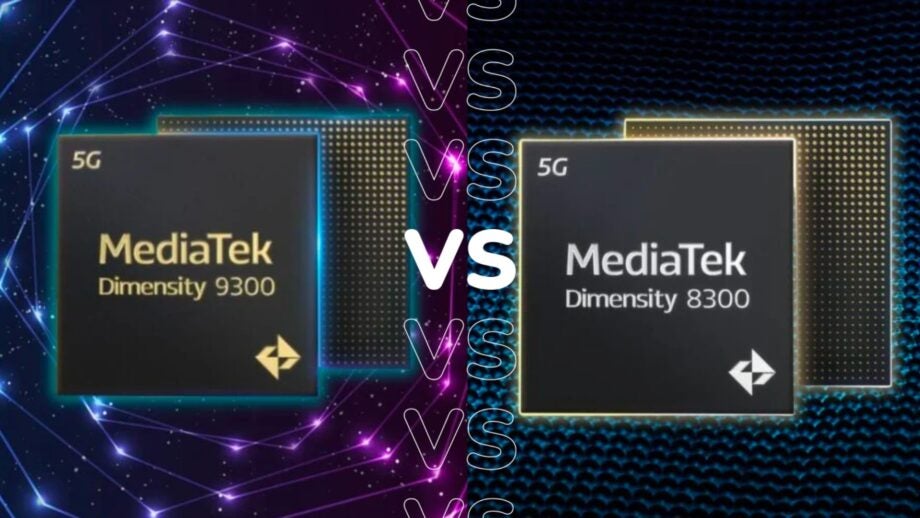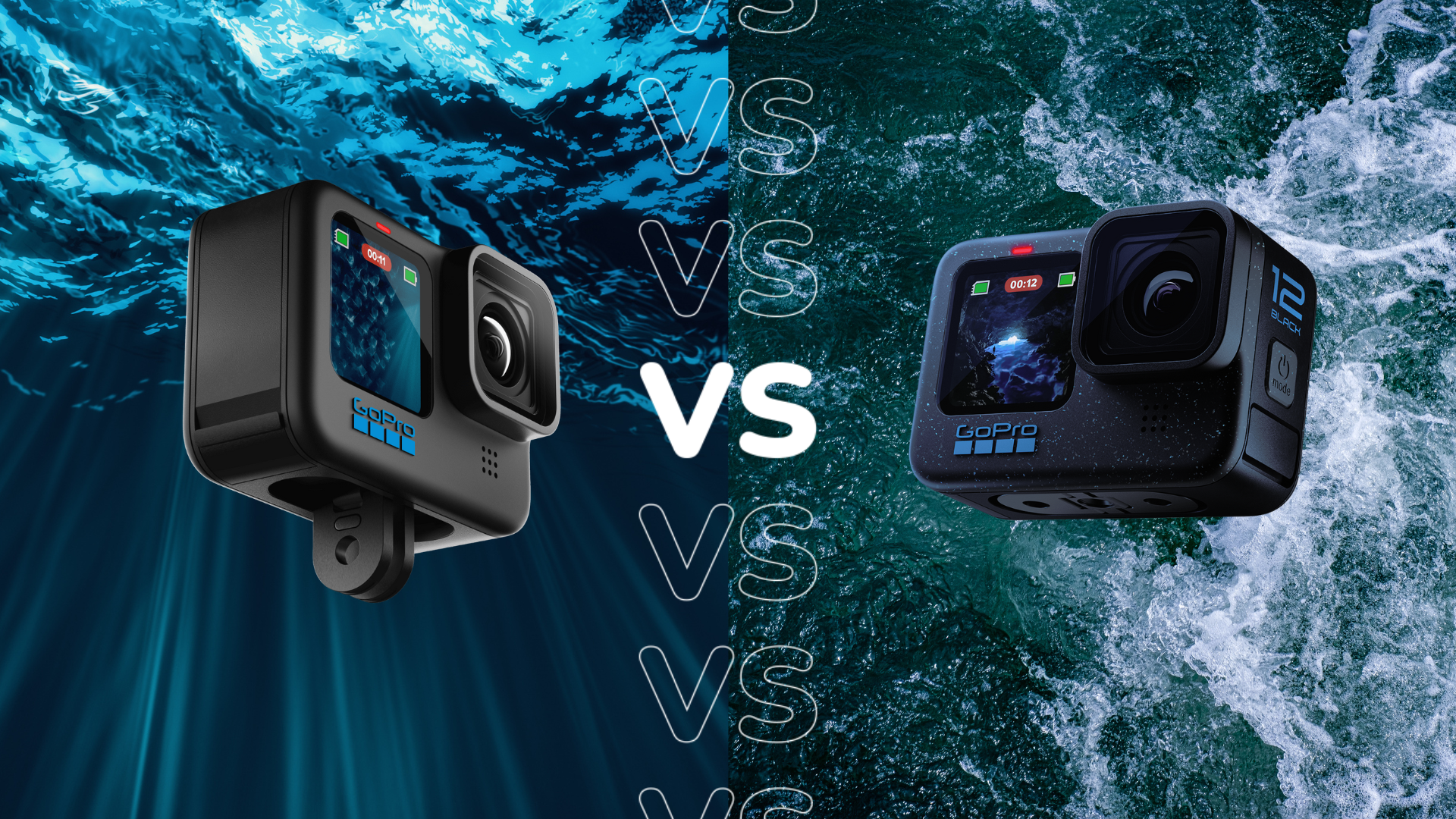MediaTek Dimensity 9300 vs MediaTek Dimensity 8300: What’s the difference?

MediaTek has come out swinging with its 2024 chipset range in the form of the Dimensity 9300 and the Dimensity 8300 – but what’s the difference between them?
The MediaTek 9300 is essentially the company’s flagship chipset, boasting the best performance and efficiency possible in a bid to take the fight to Qualcomm’s Snapdragon processors.
Not content with just being performant and energy efficient, however, the Dimensity 9300 can also run generative AI tasks all on-device without an internet connection – and that’ll mean exciting new features and functionality for smartphones that utilise the chip.
The MediaTek Dimenity 8300, on the other hand, is a premium but not quite flagship-level chipset, although in somewhat of a twist, the chipset does also offer GenAI capabilities – albeit not quite as powerful as the flagship chipset.
With all that in mind, here are the key differences between the MediaTek Dimensity 9300 and Dimensity 8300.
The MediaTek Dimensity 9300 has an ‘All-Big Core’ design
The flagship MediaTek Dimensity 9300 has a different design not only to the Dimensity 8300 but practically every chip in the market, sporting what the chipmaker describes as an ‘All-Big Core’ design.
More specifically, the Dimensity 9300 is made from four ultra-large cores and four big cores, compared to the regular combination of ultra-large, big and small cores from the Dimensity 8300.
According to MediaTek, the Dimensity 9300 boasts impressive year-on-year gains including a 40% boost to CPU performance and a 46% boost to peak GPU performance, as well as being more power efficient at peak speeds, to deliver the best flagship performance possible.
The Dimensity 8300, on the other hand, sports a new Armv9 CPU architecture that delivers a 20% boost to CPU performance compared to the Dimensity 8200, with a massive 60% uptick in GPU performance. That doesn’t come at the cost of efficiency either, with a 30% improvement in CPU efficiency and a boosted 55% in the GPU department.
With that all in mind, it shouldn’t be too surprising to learn that the MediaTek Dimensity 9300 is the more powerful SoC of the two, although to be fair to MediaTek’s premium 8300 chipset, it’s not that far behind.
Both chips support on-device generative AI capabilities
Much like Qualcomm with its top-end chipset for 2024, MediaTek has gone all-in on Generative AI support – although unlike Qualcomm, it’s available on both its premium and flagship chips, the Dimensity 8300 and 9300 respectively.
Though as you might expect, there are some differences in performance between the two chipsets, with the Dimensity 9300 unsurprisingly coming out on top with its re-engineered NPU that MediaTek claims boasts a 2x boost to general AI performance and a 90% boost to GenAI tasks in particular, all while reducing overall power consumption by 45%.
Per MediaTek, the chipset is capable of sub-1 second stable diffusion, and supports LLMs with 7bn parameters at a rapid 20TOPS, although it’s capable of going up to a whopping 33bn parameters with a reduced TOPS rate.
The MediaTek Dimensity 8300, on the other hand, boasts a 3.3x boost to AI performance, although that only takes it up to a maximum of 10bn operations per second – a ways behind the 33bn maximum from the 9300.
Still, that means both chipsets can power ChatGPT-style text generation tech, on-device transcription and translation services and possibly even GenAI-powered photo editing tools – though the specifics are down to smartphone manufacturers and not MediaTek itself.
The Dimensity 8300 should be used by premium, but not flagship, devices
The MediaTek Dimensity 9300 is the company’s top-end chipset with the best performance of the range, so it should as no surprise that the chipset is going to be used, pretty much exclusively, by flagship smartphones. We’ve already seen some appear, including the likes of the Vivo X100 Pro.
The Dimensity 8300, on the other hand, is designed for premium (but not quite flagship) smartphones – think of those in the £600-800 range – and as with the 9300, we’ve started seeing phones like the Poco X6 Pro make use of the premium GenAI-supported chipset.







